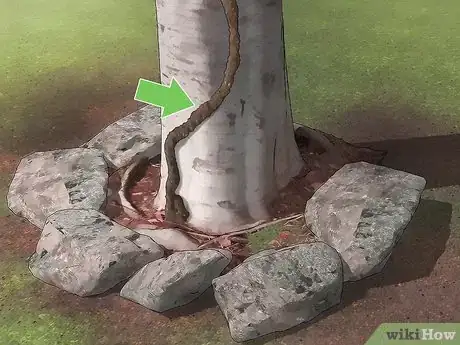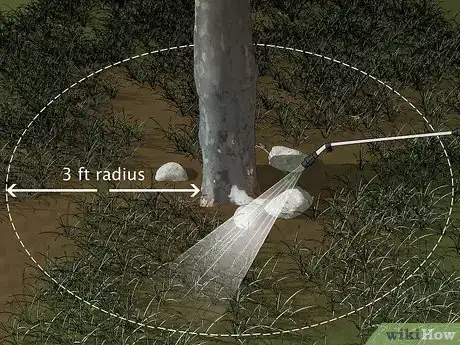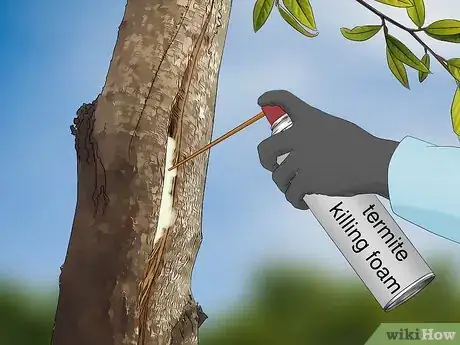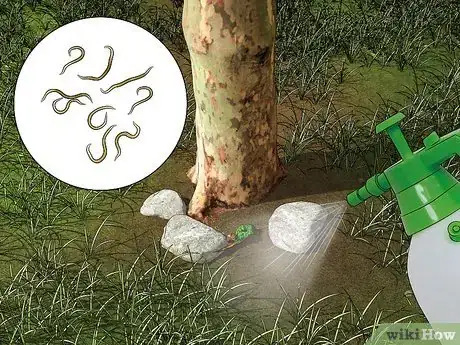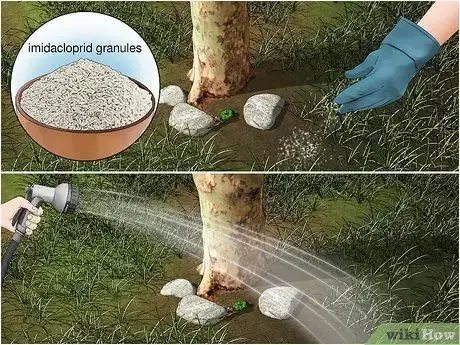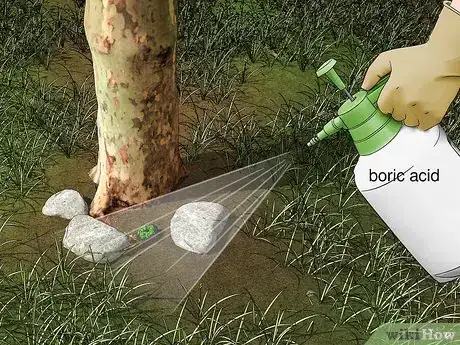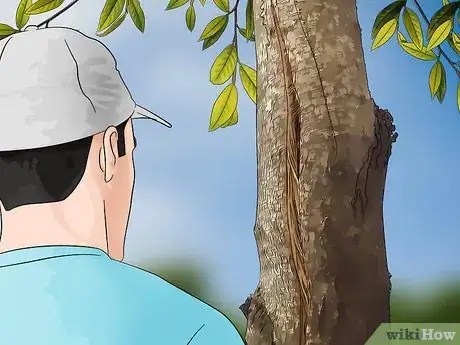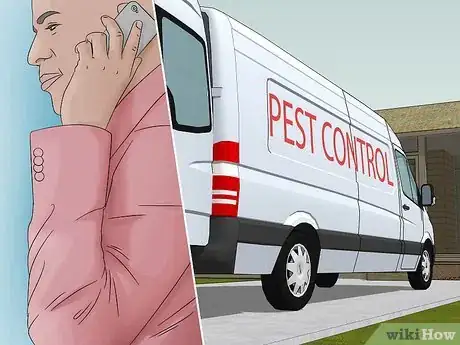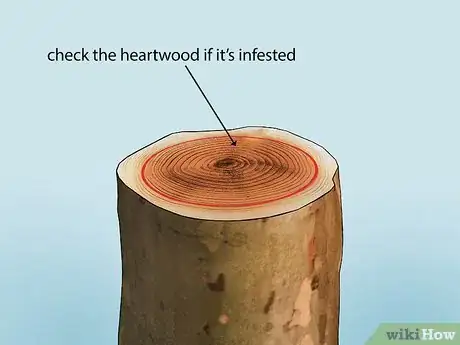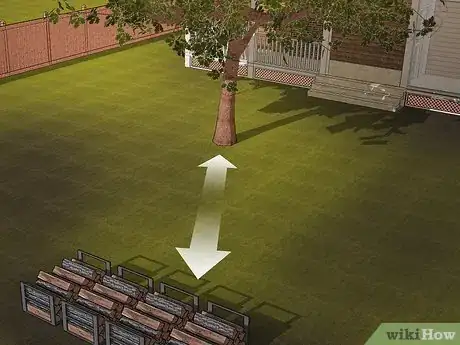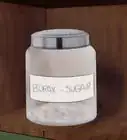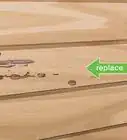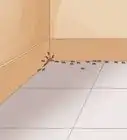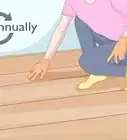This article was co-authored by Joshua Bloom and by wikiHow staff writer, Amber Crain. Joshua Bloom is a Pest Control Specialist and the Vice President of Operations of Standard Pest Management, a pest control company based in New York City. He has over 20 years of experience in the pest control industry and specializes in commercial and large facility pest control management. Standard Pest Control also specializes in ant, bed bug, cockroach, fly, and rodent control. Joshua is licensed by the NYSDEC (New York State Department of Environmental Conservation) for termite control.
There are 18 references cited in this article, which can be found at the bottom of the page.
This article has been viewed 25,823 times.
Termites that attack living trees are called Formosan subterranean termites. They enter the tree at its base and eat their way through the inside from the ground up. If you've recently spotted signs of termite activity around one of your trees, don't panic! In most cases, you can save the tree and get rid of the termites within a few days. In this article, we'll walk you through a variety of options—both natural and chemical—for treating a tree infestation.
Steps
Check the tree for termite activity.
-
If you see mud tubes along the tree trunk, the tree is infested. Subterranean termites are the only termites that attack trees and build mud tubes. They use the mud tubes as "highways" so they can travel up and down the tree. The tubes are about the width of the pencil. If you break the tubes open, you'll probably see live worker and soldier termites moving through them. Workers and soldiers are wingless and they have light brown bodies.[1] X Research source
- In most cases, the damage won't visible on the outside of the tree, so the presence of mud tubes is one of the best indicators. You can also knock on larger branches with your knuckles. If the branches sound hollow, the infestation is pretty advanced.
- Reproductive subterranean termites have wings and brownish-black bodies. You might see them swarming around the tree in the spring, summer, or fall.
Use chemical termiticide for a fast, effective option.
-
Spray the liquid in a 3 ft (91 cm) radius around the base. The active ingredient in this chemical insecticide is bifenthrin. It should kill termites within 24 hours of application, so it's a good choice for severe infestations.[2] X Research source It works by creating a poisonous barrier around the tree, so apply the liquid all over the root flares at the tree base and drench the surrounding soil.
- For extra protection, spray 2 ft (61 cm) up the trunk, around nearby trees, and along the perimeter of your yard.
- You can buy bifenthrin-based insecticides online. Read the instructions carefully and do exactly as they say. This is a strong chemical so wear safety googles, long sleeves, gloves, and a dust mask to apply it.
- If there’s a pond, stream, or well nearby, don’t use chemical termiticides (you’ll poison the water).[3] X Research source
Inject a termite foam treatment to destroy the nest.
-
Foam treatments work quickly but not as fast as liquid termiticides. You can buy non-repellent insecticidal foam at some home improvement stores and online. Look for the active ingredient fipronil. Instructions vary by product so read them carefully before treating the tree. In most cases, you or a licensed professional will drill holes into hollowed out areas in the tree, like infested branches and at the base, and inject the foam. The foam expands to fill the hollow area and kills termites on contact.[4] X Research source
- Non-repellent insecticidal foam is most effective for getting rid of the main nest at the base of the tree.[5] X Research source
- Wear safety googles, long sleeves, gloves, and a dust mask when applying chemical treatments.
- If you feel uncomfortable or don't have experience dealing with termites, hire a professional pest control service or licensed horticultural pest control company to take care of this.[6] X Research source
Spray nematodes for a fast-acting natural solution.
-
These microscopic parasites can kill termites within a few days. Beneficial nematodes (also known as roundworms) burrow into the termites’ bodies and release bacteria that poisons them to death. Just mix the nematodes with water in a spray bottle and apply the treatment around the base of the tree and to affected branches.[7] X Research source
Apply granular insecticide for mild to moderate infestations.
-
Imidacloprid granules can get rid of an infestation in 3-4 weeks. To apply this insecticide treatment, simply sprinkle the granules around the perimeter of the tree and water them with a hose to moisten them. The water dissolves the granules and the active ingredients seeps into the soil.[10] X Research source
- You can buy imidacloprid granules online or in home improvement stores.
- Read the instructions carefully and wear the appropriate safety gear during
Use termite bait stations for mild infestations.
-
Stick the cylinder-shaped bait stations 1–2 ft (30–61 cm) from the base. Bait stations attract termites with their favorite snack: cellulose. The cellulose is treated with a slow-acting insecticide that the termites carry into their colony. 2-3 evenly-spaced bait stations should do the trick. Put 1 station close to the termite’s entry area at the base.[11] X Research source
- It can take a month (or longer) for bait stations to eradicate a colony, so this isn’t the fastest solution. If your infestation is severe, go with a faster-acting option (like liquid termiticide or foam). If you want to be extra thorough, you can use bait stations as a secondary line of defense after applying chemical treatments.[12] X Research source
- Buy termite bait stations online or hire a professional to set them up for you.application.[13]
X
Expert Source

Pest Control Specialist Expert Interview. 22 April 2020.
Try boric acid as a natural option for mild infestations.
-
Boric acid works more slowly than the above-mentioned treatments. Boric acid is usually sold in powder or liquid form. If you get the liquid, spray it directly on the affected areas. For the powder variety, mix it with water in a spray bottle before applying it. Focus the spray on the entry way, mud tubes, and any other areas were termites come and go.[14] X Research source
- Boric acid is still pretty strong; be sure to wear a mask and goggles when you're applying it.
- This isn’t as effective as chemical treatments, but it’s worth a try if you prefer a natural approach.
- To mix the powdered type, read the package instructions for specific measurements.
- Boric acid is non-toxic to birds and most wildlife (including aquatic life). Citrus trees can be a bit sensitive to it, though. You may want to try a different approach if you have a citrus tree infestation.[15] X Trustworthy Source National Pesticide Information Center Organization run by Oregon State University providing objective, science-based information about pests and pesticides Go to source
Prune infested branches and burn them to reduce the infestation.
-
This doesn't stop the infestation, but it makes treatment easier. It’s important to act fast if your tree can be saved; these bugs munch through wood pretty quickly! After identifying the infested branches, saw them off the tree and burn them immediately to kill the termites inside.[16] X Research source
- If you don't destroy the branches with fire right away, the termites will migrate to a nearby tree and set up shop there. Don't try to recycle the wood or use the branches as mulch.[17] X Research source
- If the branches are too big to handle on your own, call a professional to help you deal with the infestation.
Continue monitoring the tree after treatment.
-
Do a monthly inspection to check for evidence of termites. Some infestations can be hard to get rid of! Make it a point to walk around the tree about once a month to check for any visible signs that the colony is still alive. Common signs of life include swarming behavior, muddy "shelter tubes," and termite eggs around the tree base.[18] X Research source
Call a professional if the infestation returns.
-
Time is of the essence since termites make quick work of trees. If your DIY treatment didn't work (or if a new infestation takes hold), it’s time to call in a professional pest control service to help you deal with your termite issue.[19] X Research source [20] X Expert Source

Pest Control Specialist Expert Interview. 22 April 2020.- You can also call a licensed horticultural pest control company if you have one of those in your area.[21] X Research source
Cut the tree down and burn it if the heartwood is infested.
-
You can’t save the tree at this point, but you still need to kill the termites. Heartwood is the dark wood in the center of the tree that supports it. You can save the tree if the heartwood isn’t infested. If it is, you’ll need to chop down the tree and destroy it so the termites don't attack nearby trees or structures. Unless you have experience with tree removal, hire a professional for this job.
- You can figure out if the heartwood is infested by:
- Tapping on the trunk and branches with a rubber mallet. If it sounds hollow when you tap, there’s a good chance the heartwood is affected.[22] X Research source
- Drilling holes into the tree to inspect hollow-sounding areas. Use a flashlight to peek inside the hole. If the termites have eaten a lot of the dark central wood already, the tree may be too far gone. If you think you can save it, use these holes to inject a termite foam treatment into affected areas.[23] X Research source
- Peeling away the bark on the higher branches. If the bark comes off easily and you quickly reach heartwood, the branch is infested.
- Hiring an arborist to inspect the tree. If you don’t have experience with termites or want absolute confirmation, this is the way to go.[24] X Research source
- You can figure out if the heartwood is infested by:
Take preventative measures to safeguard your trees.
-
You can't always prevent infestations, but you can lower the risk. Remember to stack firewood well away from your trees and avoid using excess mulch around trees and plants. If there are any tree stumps, fallen leaves, or cut/fallen branches in your yard, get rid of them as soon as possible.[25] X Research source
- If your infestations are recurrent, consider planting termite-resistant trees in your yard in the future.[26] X Research source
You Might Also Like
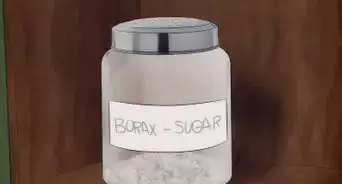
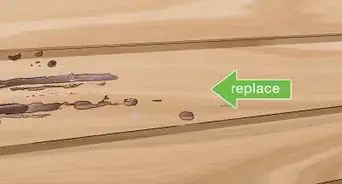
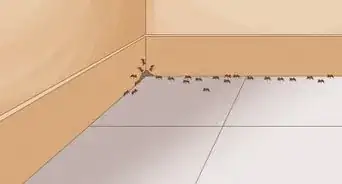 The Best Ways to Get Rid of Carpenter Ants in Your Home
The Best Ways to Get Rid of Carpenter Ants in Your Home
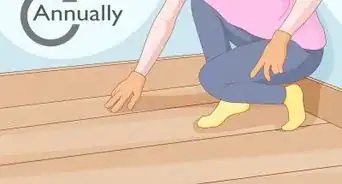 How to Permanently Kill Termites in Your Home
How to Permanently Kill Termites in Your Home
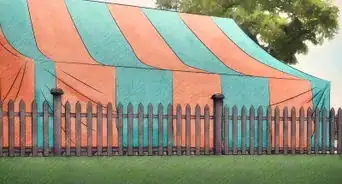
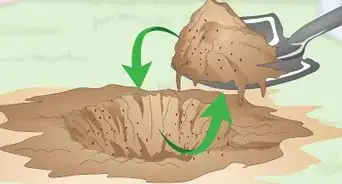
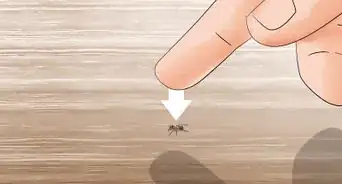
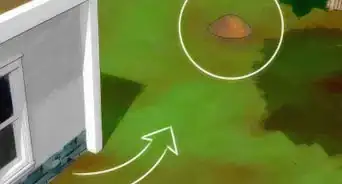
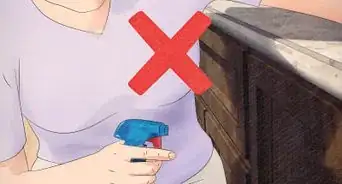
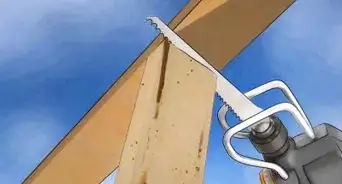
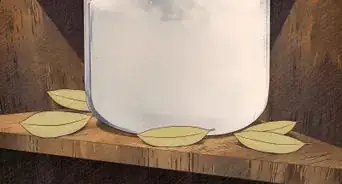
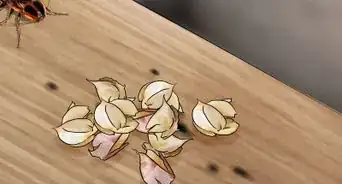
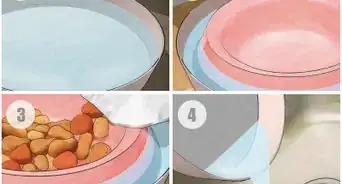
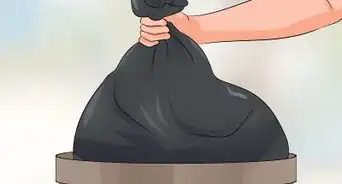
References
- ↑ http://ipm.ucanr.edu/PMG/PESTNOTES/pn7415.html
- ↑ https://www.thisoldhouse.com/pest-control/21238556/best-termite-killers
- ↑ https://entomology.ces.ncsu.edu/urban-medical-pest-management/termite-baiting-systems/
- ↑ https://www.thisoldhouse.com/pest-control/21238556/best-termite-killers
- ↑ https://www.coj.net/departments/neighborhoods/docs/epb/termites_trees.aspx
- ↑ http://extension.msstate.edu/newsletters/bug%E2%80%99s-eye-view/2021/formosan-termites-urban-trees-vol-7-no-22
- ↑ https://experthomereport.com/killing-termites-naturally-tips-that-actually-work/
- ↑ https://www.thisoldhouse.com/pest-control/21238211/how-to-get-rid-of-termites
- ↑ https://agresearchmag.ars.usda.gov/2016/aug/nematodes/
- ↑ https://www.thisoldhouse.com/pest-control/21238556/best-termite-killers
- ↑ https://entomology.ca.uky.edu/ef639
- ↑ https://agrilifecdn.tamu.edu/citybugstest/files/2017/01/Formosan-subterranean-termites-E367.pdf
- ↑ Joshua Bloom. Pest Control Specialist. Expert Interview. 22 April 2020.
- ↑ https://experthomereport.com/killing-termites-naturally-tips-that-actually-work/
- ↑ http://npic.orst.edu/factsheets/boricgen.html
- ↑ https://tfsweb.tamu.edu/uploadedFiles/Termites.pdf
- ↑ http://counties.agrilife.org/galveston/files/2012/03/Formosan-Subterranean-Termites-Publ.-E-367.pdf
- ↑ https://www.bartlett.com/resources/formosan-subterranean-termite.pdf
- ↑ https://www.thisoldhouse.com/pest-control/21238211/how-to-get-rid-of-termites
- ↑ Joshua Bloom. Pest Control Specialist. Expert Interview. 22 April 2020.
- ↑ http://extension.msstate.edu/newsletters/bug%E2%80%99s-eye-view/2021/formosan-termites-urban-trees-vol-7-no-22
- ↑ https://www.coj.net/departments/neighborhoods/docs/epb/termites_trees.aspx
- ↑ http://counties.agrilife.org/galveston/files/2012/03/Formosan-Subterranean-Termites-Publ.-E-367.pdf
- ↑ https://tfsweb.tamu.edu/uploadedFiles/Termites.pdf
- ↑ https://entomology.ca.uky.edu/ef605
- ↑ https://www.ars.usda.gov/news-events/news/research-news/2000/termites-go-hungry-on-resistant-trees/
- ↑ https://www.thisoldhouse.com/pest-control/21238211/how-to-get-rid-of-termites
- ↑ http://ipm.ucanr.edu/PMG/PESTNOTES/pn7415.html#MANAGEMENT
About This Article

